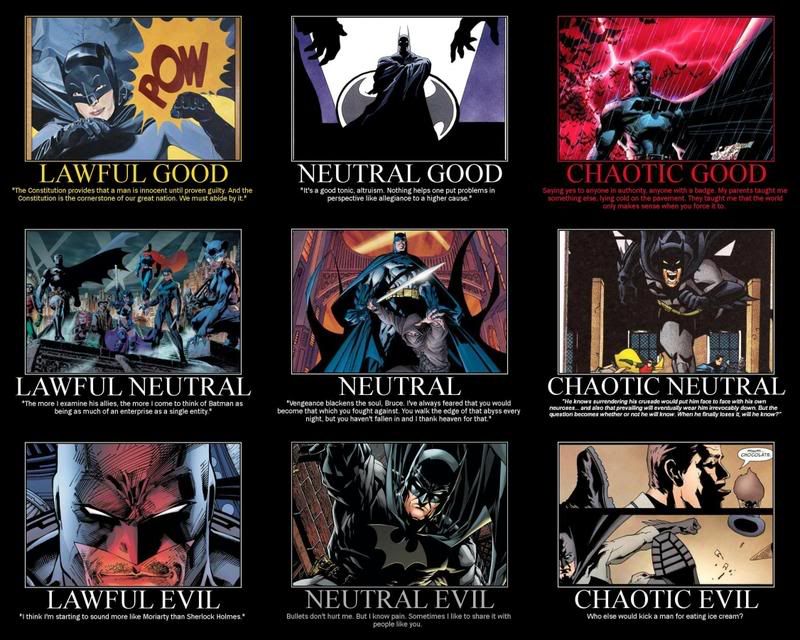Odhanan
Adventurer
I don't believe so. Part of the disagreement between fans is that a game like 4e "went too far", "does not feel like D&D", was too much of a break from the tradition of the game.By your own statement, there is already strife. Modifying these elements might resolve some strife and create new strife. That might be move the discussion towards consensus, though.
Nevermind whether you think it's right or wrong to feel that way: it's a FACT they DO feel that way.
I think going for a whole series of major changes would basically double-down on the reason why so many fans are looking elsewhere for their D&D fix now. It would be marketing suicide on WotC's part.
The premise of bringing the fans together only works if the Next game is D&D through and through to its very core, and provides from there modular options so that people wanting to take D&D in other places might do so without having to house rule the entire game system.
So really the solution in this case would be to provide the 9 alignments, and then provide options describing for instance how you can use only the Law-Neutral-Chaos axis in the game, or the Good-Neutral-Evil axis, and/or take both off the game completely, along with the precise consequences this would have on other elements of the game (i.e. aligned spells, magic items, the paladin class, and so on, so forth) so that the DM can make aware decisions about his campaign instead of shooting in the dark with his rulings.
That's the way to make it work, IMO.




